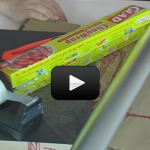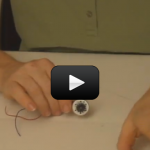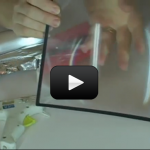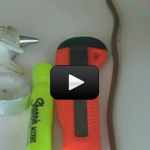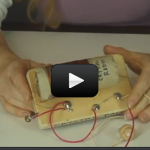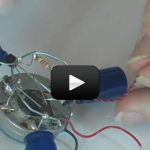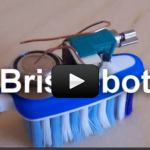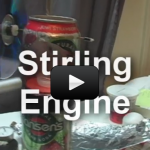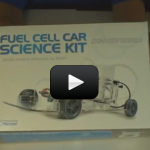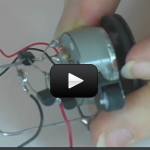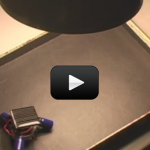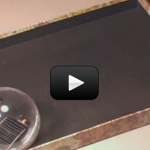Since ‘true’ alternative energy experiments in this area require power plants and machinery the size of a small town, we’re going to focus on a very specialized form of alternative energy called Renewable Energy.
Renewable energy is the energy created from natural sources, like sunlight, water, wind, and temperature differences (geothermal). We’ll be making solar-powered robots, build solar batteries, light up bulbs using a blast from a hair dryer, and capture the energy in light waves on our battery-free radio.
We're going to cover all this and more, including how to get energy from the water molecule to power a vehicle AND how to build robots that use only solar power (and never need a battery recharge!) Are you ready? Then let's start with this video:
Renewable energy is the energy created from natural sources, like sunlight, water, wind, and temperature differences (geothermal). We’ll be making solar-powered robots, build solar batteries, light up bulbs using a blast from a hair dryer, and capture the energy in light waves on our battery-free radio.
We're going to cover all this and more, including how to get energy from the water molecule to power a vehicle AND how to build robots that use only solar power (and never need a battery recharge!) Are you ready? Then let's start with this video:
[am4show have='p8;p9;p11;p38;p72;p77;p92;' guest_error='Guest error message' user_error='User error message' ]
What's all the hype about "Alternative Energy"? Are there really better ways of making the same energy for less? Absolutely! One of the biggest challenges we have right now is how to extract the energy that's already around us. For example, the amount of energy in a gallon of water could power all of the USA for a year, if we only knew how to harness it safely.
There are many different forms of energy floating around you right now: solar batteries capture the heat and light energy from the sun and store it for later use; geothermal energy uses the difference in temperature to do work; the energy from rushing winds and rivers can be used to turn a motor; and the energy inside light waves themselves can be tapped into so you can hear radio signals using a battery-free radio.
We’re also going to study the energy locked in substances by learning how to split the water molecule and extracting the energy using fuel cells and electrochemistry. We’ll also have a peek at the power from steam and how apples can power your clocks.
How many of these things do you remember from our previous lessons?
You can get started by watching this video, and afterward either read more about it or start your experiments!
There are many different forms of energy floating around you right now: solar batteries capture the heat and light energy from the sun and store it for later use; geothermal energy uses the difference in temperature to do work; the energy from rushing winds and rivers can be used to turn a motor; and the energy inside light waves themselves can be tapped into so you can hear radio signals using a battery-free radio.
We’re also going to study the energy locked in substances by learning how to split the water molecule and extracting the energy using fuel cells and electrochemistry. We’ll also have a peek at the power from steam and how apples can power your clocks.
How many of these things do you remember from our previous lessons?
-
- Energy is the ability to do work.
- Work is moving something against a force over a distance.
- Power measures how quickly work can be done.
You can get started by watching this video, and afterward either read more about it or start your experiments!
Scientific Concepts:
- A solar cell converts sunlight straight into electricity.
- Solar cells are usually made of silicon.
- Light (photons) hit a solar cell and get absorbed, knocking electrons out of their shell, which start flowing through the silicon to create DC current.
- A propeller placed in a moving fluid will turn a motor shaft (which has coils of wire and magnets inside). The faster the shaft turns, the more the magnets create an electrical current.
- BEAM robots use solar cells to store energy from the sun into capacitors (think electricity storage tanks) until the tanks are full (which is when the robot starts to move). Instead of having complicated brains, they rely on nervous-system type of sensors to interact with their world.
- The source of power in an AM (crystal) radio comes directly from the radio waves themselves.
- Molecules can also be split chemically, or by getting hit by a fast-moving particle. It takes energy to split a water molecule (electrolysis).
- When you combine oxygen and hydrogen atoms together, it makes water and a puff of energy. (That’s what a fuel cell does.)
[/am4show]

